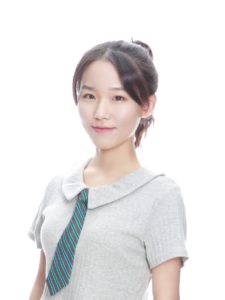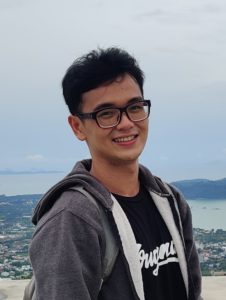The 2nd International Conference on Materials for Humanity (MH-22) took place online and in person from 19–21 September 2022 at National University of Singapore, Singapore. Nanoscale Horizons and Materials Horizons were delighted to support student poster prizes at this event and we would like to congratulate the two winners!

Nanoscale Horizons and Materials Horizons Poster Prize Chen Jiusi (National University of Singapore) Chen Jiusi is a MSc student in the Department of Materials Science and Engineering at National University of Singapore, under the supervision of Professor Xue Junmin. She got her B. Eng. in Functional Materials from Donghua University. In her undergraduate studies, she gained experience with biomedical textile materials and technology such as antibacterial hydrogels and transcatheter textile-based artificial aortic valves. Before coming to NUS, she worked as a research assistant at Innovation Centre of Textile Science, DHU. Her current research focuses on thermo-responsive hydrogels for atmospheric water harvesting and cooling. She is looking forward to pursuing a PhD in relevant fields. |

Nanoscale Horizons and Materials Horizons Poster Prize Stener Lie (Nanyang Technological University) Stener Lie is a Research Fellow at Nanyang Technological University, Singapore, under the supervision of Assoc. Prof. Lydia Helena Wong. He obtained his Bachelor of Engineering (2015) and Ph.D. (2020) in Materials Science and Engineering from Nanyang Technological University, Singapore. His recent research focuses on the fabrication and characterization of novel materials for optoelectronic applications, such as emerging chalcogenides for solar cells or solar water splitting, semi-transparent perovskite solar cells, and p-type transparent conducting materials. Prior to his current work, he worked on improving the performance of kesterite solar cells by defect engineering, specifically through doping and alloying methods. |










